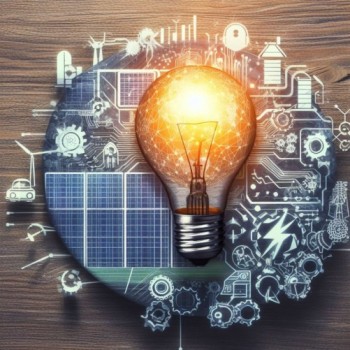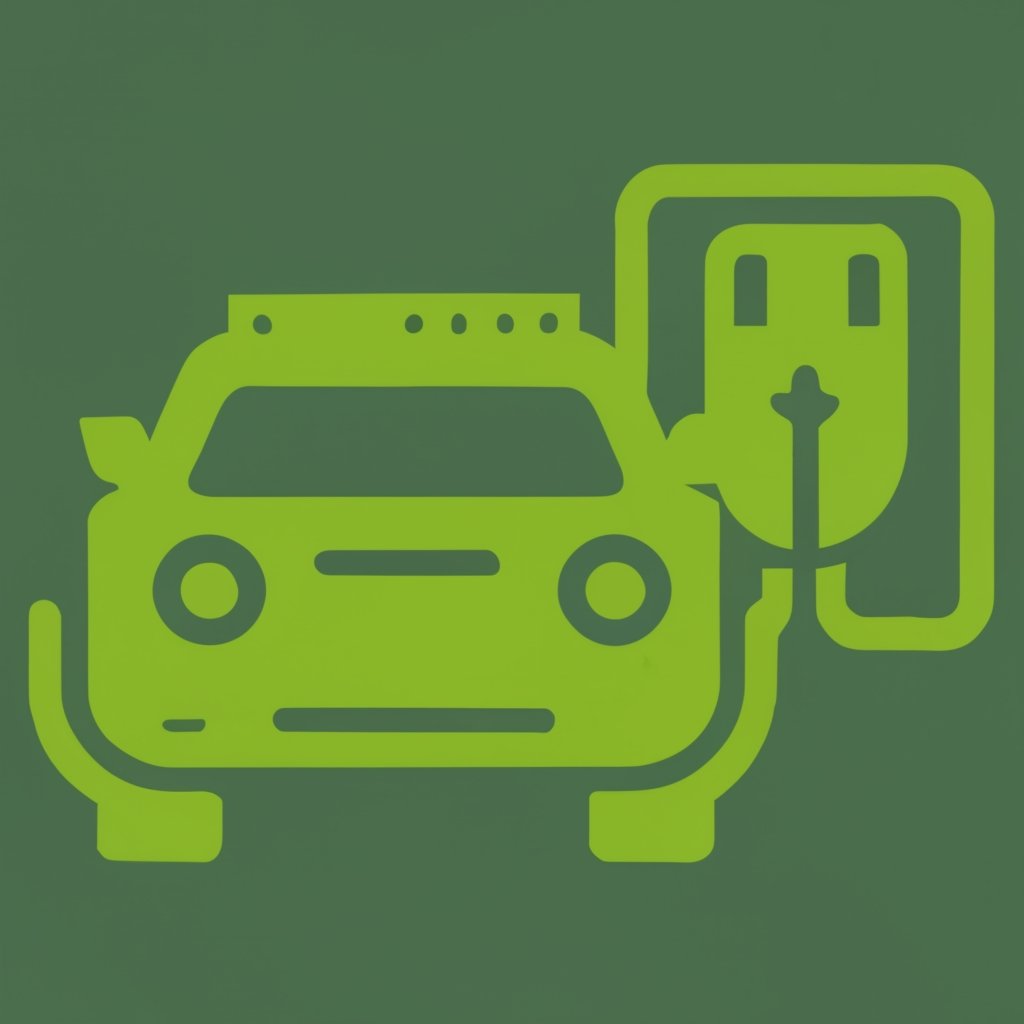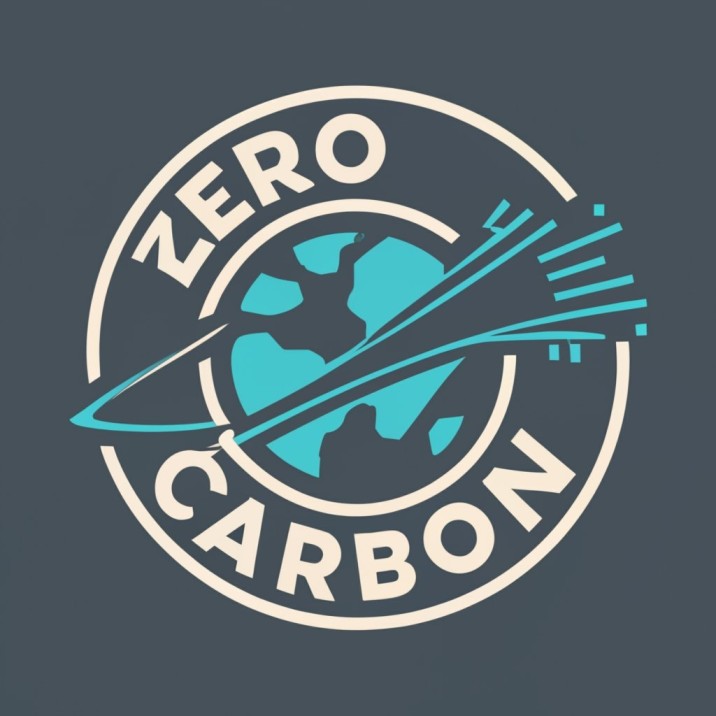
Achieving net zero carbon emissions has become a critical goal in mitigating the effects of climate change. With the growing urgency to transition away from fossil fuels, it is essential to explore the various technological pathways that can lead us to this ambitious target. This article aims to provide an overview of the different approaches and innovations that are being developed to achieve net zero carbon emissions. By examining key technologies such as renewable energy, carbon capture and storage, and electrification, you will gain a comprehensive understanding of the diverse strategies available for tackling the global climate crisis.
1. Renewable Energy Sources
In the pursuit of achieving net zero carbon emissions, one of the primary technological pathways is the utilization of renewable energy sources. These sources include solar power and wind power, both of which have gained significant attention and investment in recent years.
1.1 Solar Power
Solar power harnesses the energy of the sun through the use of photovoltaic (PV) panels or concentrated solar power (CSP) systems. PV panels convert sunlight directly into electricity, while CSP systems use mirrors or lenses to concentrate the sunlight onto a receiver, which then converts it into heat or electricity.
solar power offers numerous advantages as a renewable energy source. It is abundant, as sunlight is freely available, and it is also inexhaustible, as long as the sun continues to shine. Solar power also has the potential to be harnessed at various scales, from small residential installations to large-scale solar farms.
1.2 Wind Power
Wind power, on the other hand, harnesses the kinetic energy of the wind and converts it into electricity through wind turbines. These turbines consist of blades that rotate when the wind blows, which then drive a generator to produce electricity.
Wind power has emerged as a significant player in the renewable energy landscape due to several advantages. Firstly, it is a clean source of energy as it does not produce any greenhouse gas emissions during operation. Secondly, wind is an abundant resource, with the potential to generate large amounts of electricity. Wind turbines can be installed onshore or offshore, enabling flexibility in terms of location.
2. Energy Efficiency Measures
In addition to utilizing renewable energy sources, implementing energy efficiency measures is crucial to achieving net zero carbon emissions. Energy efficiency focuses on reducing energy consumption while maintaining the same level of output or service.
2.1 Buildings
Buildings account for a significant portion of energy consumption globally, making them a key area for energy efficiency improvements. Implementing energy-efficient building designs and technologies can lead to substantial energy savings. This includes measures such as improving insulation, using energy-efficient lighting and appliances, and adopting smart building management systems.
Additionally, the concept of “passive design” has gained traction in recent years. This approach focuses on optimizing the natural resources and climate conditions to reduce the need for mechanical heating, cooling, and lighting. Strategies such as proper orientation, maximizing natural ventilation, and utilizing daylight can result in significant energy savings.
2.2 Transportation
Transportation is another sector that contributes significantly to carbon emissions. Energy efficiency measures in transportation encompass various strategies, including the development and adoption of fuel-efficient vehicles, improvement in public transportation systems, and the promotion of walking, cycling, and carpooling.
The advancement of electric vehicles (EVs) has also played a crucial role in decarbonizing the transportation sector. The electrification of vehicles, coupled with the utilization of renewable energy sources for electricity generation, can effectively reduce carbon emissions from transportation.
3. Carbon Capture and Storage (CCS)
Carbon capture and storage (CCS) technologies are instrumental in achieving net zero carbon emissions by capturing and storing carbon dioxide (CO2) emitted from industrial processes and power generation. CCS has two main methods: direct air capture (DAC) and carbon sequestration.
3.1 Direct Air Capture
Direct air capture refers to the process of capturing CO2 directly from the ambient air. This technology involves deploying large-scale facilities equipped with specialized sorbents or filters that can absorb and capture CO2. The captured CO2 can then be stored underground, utilized in industrial processes, or converted into valuable products.
Direct air capture has the potential to remove CO2 from the atmosphere, helping to mitigate climate change by reducing greenhouse gas concentrations. However, the scalability and cost-effectiveness of this technology remain significant challenges.
3.2 Carbon Sequestration
Carbon sequestration involves capturing CO2 emissions from power plants and industrial facilities before they are released into the atmosphere and storing them deep underground or in other suitable geological formations. This process is often referred to as carbon capture and storage (CCS).
By capturing and permanently storing CO2 emissions, carbon sequestration can prevent significant amounts of greenhouse gases from entering the atmosphere. However, the infrastructure required for carbon sequestration, such as pipelines and storage sites, needs to be developed and expanded to accommodate large-scale implementation.
4. Nuclear Energy

Nuclear energy has long been recognized as a low-carbon energy source, and it is expected to play a role in achieving net zero carbon emissions. Traditional nuclear reactors and next-generation nuclear reactors offer different approaches to harnessing nuclear power.
4.1 Traditional Nuclear Reactors
Traditional nuclear reactors, such as pressurized water reactors (PWRs) and boiling water reactors (BWRs), generate electricity through nuclear fission. In this process, the nucleus of an atom is split, releasing a substantial amount of energy in the form of heat. This heat is then used to produce steam, which drives a turbine connected to a generator.
Nuclear power plants have the advantage of producing electricity continuously and at a high capacity factor, making them a reliable source of low-carbon electricity. However, challenges remain in terms of nuclear waste disposal and the potential risks associated with accidents or radiation leaks.
4.2 Next-Generation Nuclear Reactors
Next-generation nuclear reactors represent a newer generation of nuclear technology with enhanced safety features and increased efficiency. These reactors utilize advanced designs, such as small modular reactors (SMRs), which can be more easily deployed and integrated into existing grids.
In addition to improved safety, next-generation nuclear reactors aim to address the issue of nuclear waste and increase the utilization of nuclear fuel. Some designs even have the capability to recycle nuclear waste, extracting additional energy from spent fuel and reducing the overall waste volume.
5. Biomass and Bioenergy
Biomass and bioenergy technologies involve utilizing organic materials, such as agricultural residues, forestry waste, and dedicated energy crops, to produce heat, electricity, or liquid biofuels. This approach offers a carbon-neutral alternative to fossil fuel-based energy sources.
5.1 Sustainable Biomass Harvesting
Sustainable biomass harvesting ensures that the production of biomass does not deplete natural resources or cause significant environmental impacts. It involves responsible sourcing, efficient utilization of biomass resources, and adherence to sustainability criteria and certifications.
Sustainable biomass harvesting can help mitigate climate change by replacing fossil fuel-based energy sources. However, careful management and monitoring are essential to prevent the excessive use of land and water resources and potential negative impacts on food security and biodiversity.
5.2 Biofuel Production
Biofuel production involves converting biomass into liquid fuels, such as ethanol and biodiesel, that can be used in transportation or other applications. These biofuels can replace fossil fuels, reducing carbon emissions and dependency on finite resources.
The production of biofuels typically involves processes such as fermentation, distillation, and transesterification. Advanced biofuels, such as cellulosic biofuels, utilize non-food biomass feedstocks and offer even greater potential in terms of reducing carbon emissions while minimizing competition with food production.
6. Hydrogen Economy
The hydrogen economy is gaining attention as a potential pathway to decarbonization. Hydrogen can be produced through various methods, including electrolysis, steam methane reforming (SMR), and biomass gasification. This versatile energy carrier can be utilized in different sectors, including transportation, industry, and power generation.
6.1 Green Hydrogen
green hydrogen is produced through electrolysis, using electricity generated from renewable sources, such as solar or wind power. This method of hydrogen production does not generate any greenhouse gas emissions, making it a carbon-neutral energy carrier.
The utilization of green hydrogen can help decarbonize sectors that are challenging to electrify directly, such as heavy-duty transportation and industrial processes requiring high-temperature heat. However, the scalability and cost-effectiveness of green hydrogen production and infrastructure development are ongoing challenges.
6.2 Blue Hydrogen
Blue hydrogen is produced through SMR or coal gasification with carbon capture and storage (CCS) technology. The CO2 emissions generated during the hydrogen production process are captured and stored underground, reducing the carbon footprint associated with hydrogen production.
Blue hydrogen offers the advantage of leveraging existing infrastructure and expertise in natural gas processing and distribution. However, the availability and sustainability of carbon capture and storage infrastructure are essential considerations for the widespread adoption of blue hydrogen.
7. Electrification of Industries
Electrifying industrial processes and adopting electric vehicles (EVs) are vital steps in achieving net zero carbon emissions. By replacing fossil fuel-based technologies with electric alternatives, carbon emissions can be significantly reduced in various sectors.
7.1 Electrifying Manufacturing Processes
Manufacturing processes often rely on fossil fuel-based machinery and equipment, resulting in substantial carbon emissions. Electrification of these processes involves transitioning to electric-powered technologies, such as electric furnaces, electric boilers, and electric heating systems.
Electrifying manufacturing processes can help decarbonize industries by reducing direct emissions and improving energy efficiency. It also enables the utilization of renewable energy sources for electricity generation, further reducing the carbon footprint of industrial operations.
7.2 Adopting Electric Vehicles

The transportation sector is a significant contributor to carbon emissions, primarily due to the combustion of fossil fuels in vehicles. Transitioning to electric vehicles (EVs) can significantly reduce the carbon footprint of transportation.
By adopting EVs, carbon emissions from transportation can be eliminated at the point of use, provided that electricity is generated from renewable sources. However, challenges such as limited charging infrastructure and the need for increased battery production capacity still pose barriers to widespread EV adoption.
8. Circular Economy
The concept of a circular economy is pertinent to achieving net zero carbon emissions. A circular economy aims to minimize waste generation, promote resource efficiency, and maximize the reuse, recycling, and recovery of materials.
8.1 Waste Reduction and Recycling
Waste reduction and recycling strategies play a crucial role in achieving a circular economy. By reducing waste generation at the source and implementing effective recycling programs, the carbon footprint of various sectors can be significantly reduced.
Waste reduction measures include promoting sustainable consumption patterns, implementing waste segregation and sorting systems, and investing in innovative recycling technologies. These strategies help minimize the extraction of raw materials and the associated carbon emissions.
8.2 Closed-Loop Systems
Closed-loop systems focus on maximizing the reuse and recovery of materials throughout their lifecycle. This entails designing products and systems with circularity in mind, incorporating strategies such as remanufacturing, refurbishment, and product life extension.
A closed-loop system promotes the concept of a “circular supply chain,” where materials, components, and products circulate within the system, minimizing waste and resource consumption. By closing the loop, carbon emissions associated with raw material extraction and production can be reduced.
9. Carbon Pricing and Policy Incentives
Carbon pricing mechanisms and policy incentives are essential tools in driving the transition to a low-carbon economy. These measures aim to internalize the cost of carbon emissions, create economic incentives for emission reductions, and level the playing field for low-carbon technologies.
9.1 Carbon Taxes
Carbon taxes impose a price on carbon emissions, encouraging businesses and individuals to reduce their carbon footprint. By assigning a financial cost to carbon emissions, carbon taxes enhance the business case for investments in low-carbon technologies and incentivize emission reductions.
The revenue generated from carbon taxes can be utilized to support renewable energy projects, energy efficiency programs, and other initiatives aimed at reducing emissions. However, the design and implementation of carbon taxes need to consider social equity, competitiveness, and potential impacts on vulnerable communities.
9.2 Cap and Trade
Cap and trade systems, also known as emissions trading schemes, set a cap on the total amount of carbon emissions allowed from certain sectors or sources. Emission allowances are distributed among participants, who can then trade these allowances in a market.
Cap and trade systems offer flexibility and encourage emission reductions where they can be achieved most cost-effectively. They also provide economic incentives for the adoption of low-carbon technologies and reward early movers in emission reductions. However, the effectiveness of cap and trade relies on accurate emission monitoring, robust regulation, and a well-functioning market.
10. Technological Innovations
Technological innovations, particularly in the fields of artificial intelligence (AI) and the Internet of Things (IoT), have the potential to drive significant progress towards achieving net zero carbon emissions.
10.1 Artificial Intelligence
Artificial intelligence can contribute to carbon emissions reductions through various applications. AI algorithms can optimize energy systems, enabling efficient electricity generation, distribution, and consumption. Smart grid technologies and demand response systems leverage AI to balance energy supply and demand, reducing the need for backup power plants.
AI also plays a crucial role in improving energy efficiency in buildings and industrial processes. Advanced analytics and machine learning algorithms can identify energy-saving opportunities, optimize control systems, and predict equipment failures, leading to significant energy savings and emissions reductions.
10.2 Internet of Things
The Internet of Things (IoT) connects devices, sensors, and systems, enabling communication and data exchange. In the context of achieving net zero carbon emissions, IoT technologies can facilitate energy management and optimization at various scales.
For instance, IoT-enabled smart meters provide real-time energy consumption data, enabling consumers to monitor and reduce their energy usage. In smart cities, IoT systems can optimize energy usage through intelligent street lighting, traffic management, and waste management solutions.
In industrial settings, IoT technology can optimize resource consumption, improve equipment efficiency, and enable predictive maintenance. Real-time monitoring and control systems enhance the energy performance of industrial processes, leading to reduced carbon emissions.
In conclusion, achieving net zero carbon emissions requires a multi-faceted approach that encompasses various technological pathways. Renewable energy sources, energy efficiency measures, carbon capture and storage, nuclear energy, biomass and bioenergy, the hydrogen economy, electrification of industries, circular economy principles, carbon pricing, and technological innovations all contribute to the goal of decarbonization. By harnessing the power of these technologies and implementing supportive policies, society can transition towards a sustainable and carbon-neutral future.


